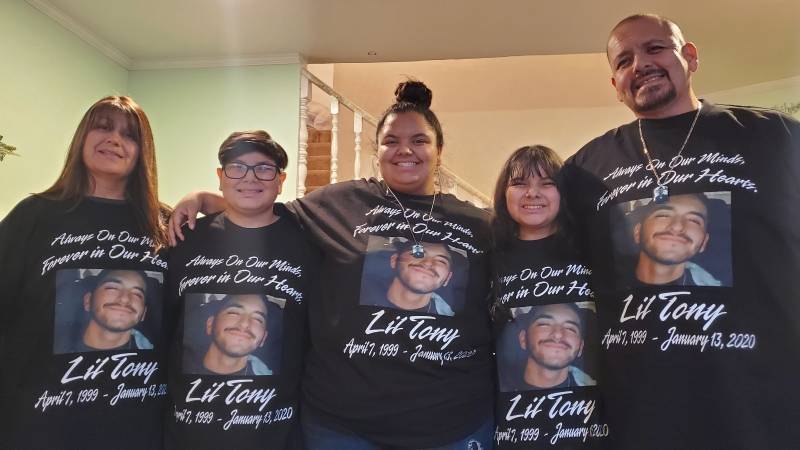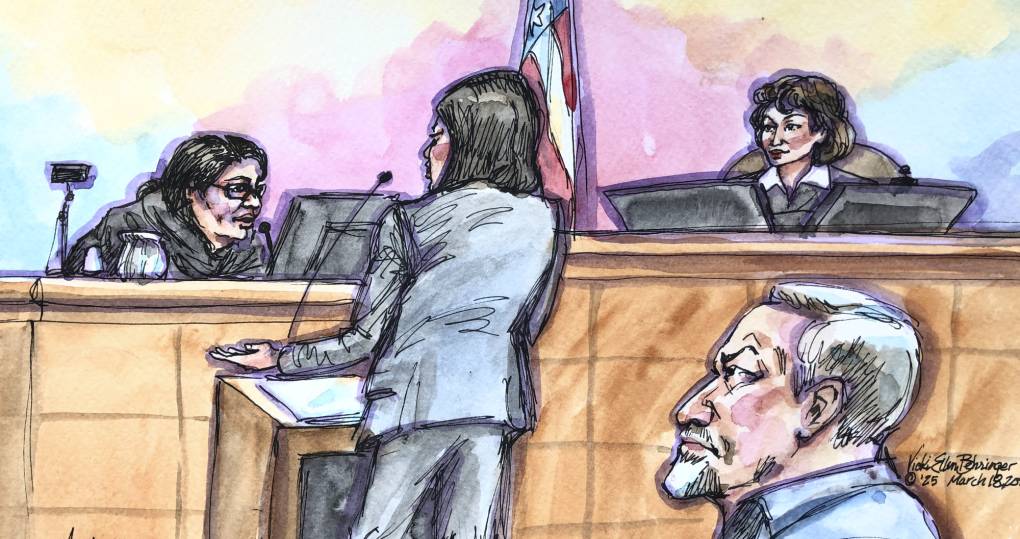For a long time, Salarno Besselman and her group were among the loudest voices advocating for survivors of crime. But in recent years, other groups have emerged with a different approach focused less on prison sentences and more on crime prevention, rehabilitation and support services for crime survivors.
Tinisch Hollins is executive director of Californians for Safety and Justice, a pro-reform advocacy group that has built out a national network of more than 10,000 crime survivors.
Hollins is herself a survivor: Two of her brothers were killed by gun violence over the past decade in the largely Black San Francisco neighborhood they grew up in.
“I come from a community where the majority of us are not recognized as crime victims at all, or survivors at all,” she said.
Hollins, who is a strong supporter of the kind of criminal justice reforms that leaders like Gascón are pushing for, noted that most victims don’t get any chance to demand accountability: No arrests have been made in the majority of violent crimes — including both of her brothers’ murders — over the last decade, according to state crime data.
“So I think it’s critical for us to have a voice in this conversation. Black and brown communities and disadvantaged communities experience the bulk of trauma and crime and violence. And they’re the least resourced. We’re the least resourced, the least responded to,” she said.
Hollins said local governments have historically responded to crime and violence in those communities with more policing, which leads to more people being caught up in the criminal justice system. A recent survey her group commissioned in Los Angeles County of more than 700 survivors of violent crime showed that most support changes to the justice system, with greater focus on rehabilitating offenders and preventing future crime, and less on simply punishing people.
And what survivors really want, Hollins said, is help.
The poll found that most survivors don’t get the support they need after experiencing a violent crime, whether that be help navigating the justice system, financial assistance to help with medical costs, property damage or lost income, or broader help like mental health counseling.
“I go back to my moment of losing my brothers. And, you know what we needed most for that moment? What we needed were people that were compassionate. We needed people that could give us the insight and understanding of how the system works or doesn’t work,” she said.
Hollins believes the poll findings show that the victims’ rights conversation has been co-opted by law enforcement and more privileged Californians who don’t suffer from either the bulk of victimization or the consequences of having community members locked up in prison.



